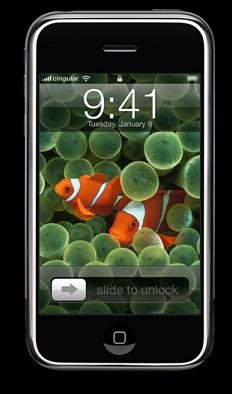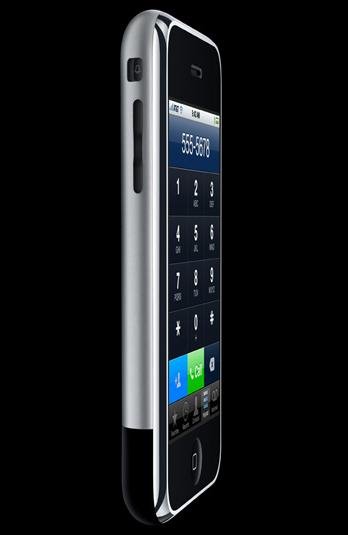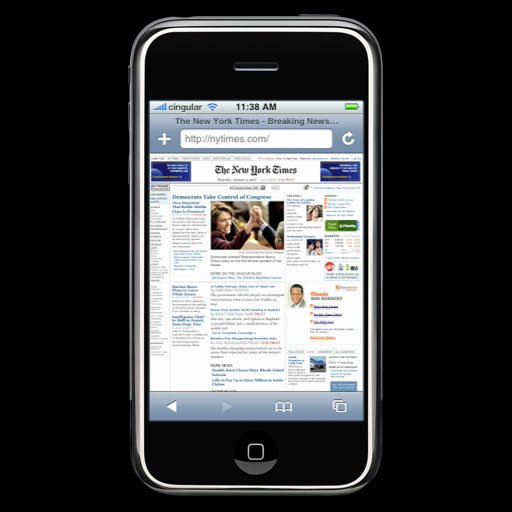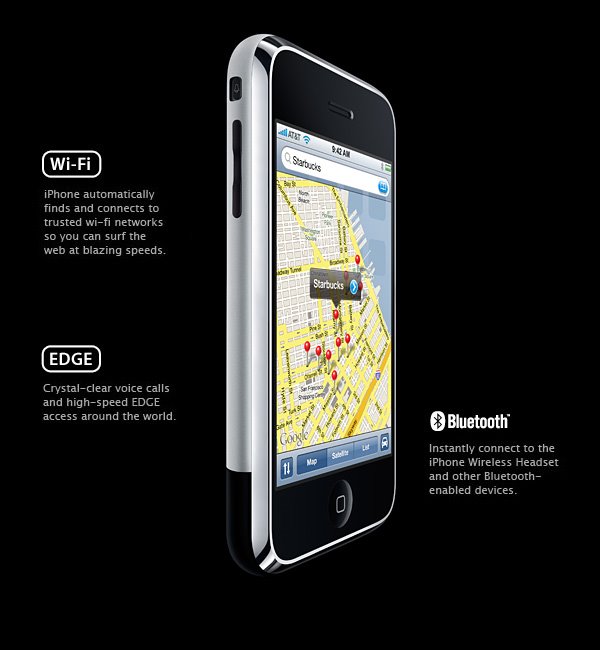3rd party Applications may make it into the iPhone afterall....
So now we can look forward to battery draining applications....
It looks like Apple may open up the iPhone to third-party apps after all. The news came at an Apple shareholders' meeting held in Cupertino, California yesterday.
The decision is something Apple "is wrestling with," said company CEO Steve Jobs. He had previously said that the Apple iPhone would effectively run as a closed system, based on Mac OS X , to ensure that the device worked flawlessly.
This has troubled some Mac developers who feel that they've been left out in the cold by Apple. Microsoft has also criticised the 'closed' nature of the iPhone. However one developer we spoke to said that Mac OS X already had much of the functionality - like the ability to view Adobe PDFs for example - built-in.
Jobs also revealed that company executives had been playing with the iPhone "for months".
"A few of us have been using the iPhone a lot and if you wanted it back, you would have to pry it from our dead hands," he said.
Steve Jobs acknowledged that Apple had a lot to learn about the mobile phone market. He said that 135 million MP3 players and 200 million PCs were sold in 2006. This contrasted heavily with the 1 billion mobile phones sold in the same year.
Shareholders were told that the decision to delay the launch of Leopard, the next version of Apple's Mac OS X operating system was a good one. The company said its work on the iPhone had stretched its limited resources - and that it was talent, not just money, that helped it develop great products.
"I wish developing great products was as easy as writing a cheque," Jobs said. "If so, then Microsoft would have great products," Steve Jobs said.
Patent application reveals smaller Apple iPhone
It also looks like the iPhone that's set to launch stateside next month won't be the only mobile from the company. Apple has made an application ( number 0070103454 ) to the US Patent & Trademark Office. It reveals a smaller iPhone, this time with a display on both sides of the device. One with a multi-touch interface; the other for viewing video, etc. The patent application titled "Back-Side Interface for Handheld Devices" reads:
"An electronic device uses separate surfaces for input and output. One of the surfaces (e.g. the bottom) includes a force-sensitive touch-surface through which a user provides input (e.g. cursor manipulation and control element selection).
"On a second surface (e.g. the top), a display element is used to present information appropriate to the device's function (e.g. video information), one or more control elements and a cursor. The cursor is controlled through manipulation of the back-side touch-surface. The cursor identifies where on the back-side touch-surface the user's finger has made contact.
"When the cursor is positioned over the desired control element, the user selects or activates the function associated with the control element by applying pressure to the force-sensitive touch-surface with their finger.
"Accordingly, the electronic device may be operated with a single hand, wherein cursor movement and control element selection may be accomplished without lifting one's finger."
Source





No comments:
Post a Comment